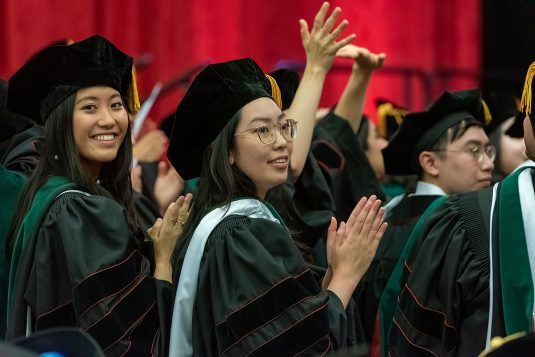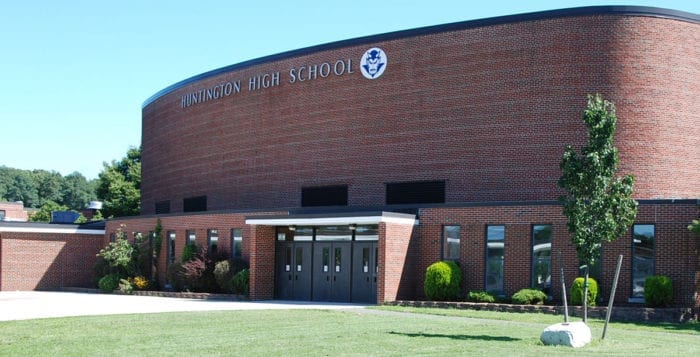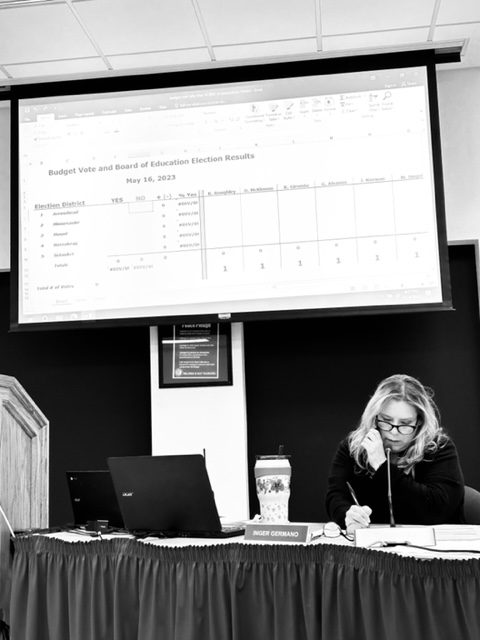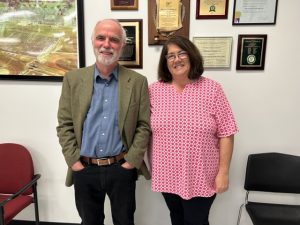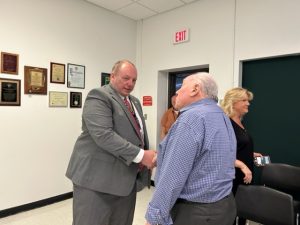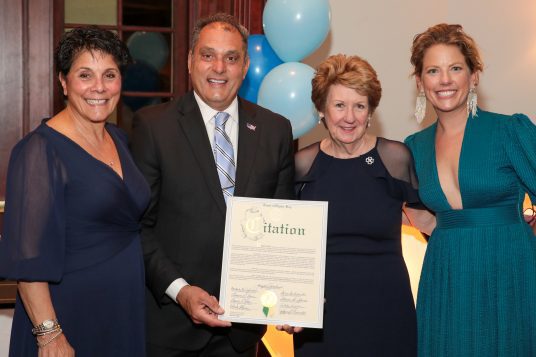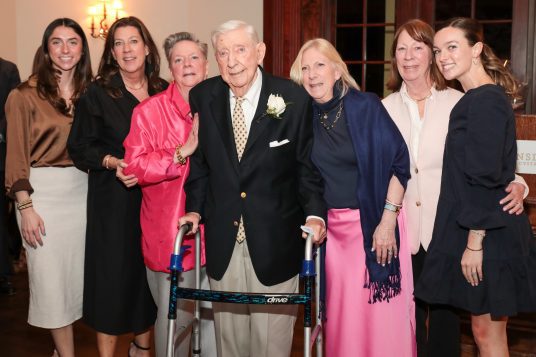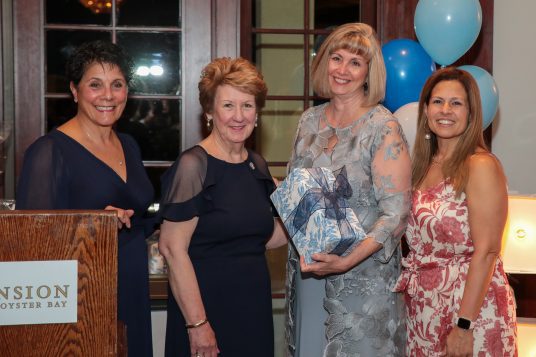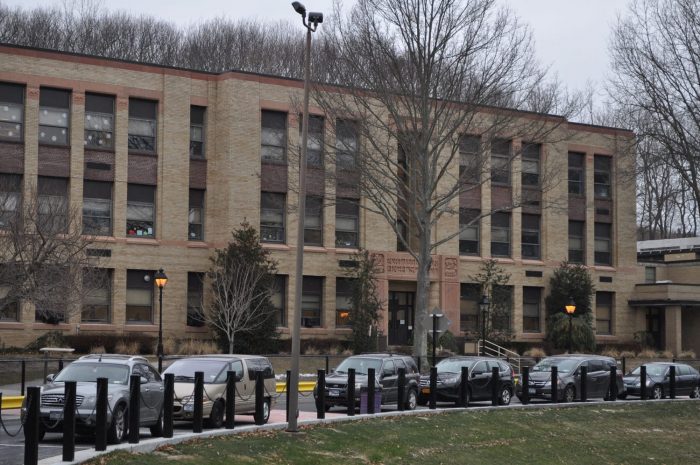In February, the Smithtown Central School District Board of Education opted to bolster school security by adding armed security guards to the exterior perimeter of its schools.
Since the decision, some students have opposed the new policy. While the school district has not yet employed armed security, Maddox Elbert, a freshman at Smithtown High School East, preemptively organized a petition calling upon the school board to reverse the decision.
“There’s a multitude of reasons why armed guards shouldn’t be in any school,” Elbert said in a phone interview, noting the costs associated with the plan.
It is projected to cost $800,000 to employ these armed guards, Elbert indicated, a price tag more than eight times more costly than a proposed mental health initiative from Northwell Health that has been widely controversial in the community.
Elbert argued that mental health initiatives are more effective in mitigating armed violence at schools than employing armed guards, citing a study from University of Albany and the RAND Corporation that found that school resource officers “do not prevent school shootings or gun-related incidents.” Elbert added that death rates are actually higher for school shootings in schools that employ armed guards than in those that don’t.
The school board has focused more on appearances and less on addressing the issue at hand, Elbert said. “God forbid there was a situation, they could say that they did something when really it would be doing the opposite.”
Elbert also expressed concerns over the proximity of firearms to school grounds. “Armed guards are proven to increase anxiety levels and stress levels, which can lead to a mental health crisis,” he said.
In a letter dated Feb. 15, Superintendent of Schools Mark Secaur and BOE members argued that their primary reasoning for this initiative was to increase response times for potential active-shooter incidents.
“Having armed guards on school grounds will improve our response time in order to better protect our students, faculty, staff and community members who are in and around our buildings on a daily basis,” the letter stated.
School officials also maintained that the guards would only be stationed in the exterior of the buildings, and that they would not “comment on specific details, such as guard deployments, locations and working hours as it may compromise their safety and effectiveness.”
Elbert presented his concerns to the school board in an April meeting. He said that he and BOE President Matthew Gribbin had agreed to disagree on best practices for protecting schools.
The student organizer hoped something might change, encouraging the board to consider changing its course. To read the full petition, visit: www.change.org/p/remove-armed-guards-from-smithtown-schools.
When contacted for further comment on this topic, a district spokesperson stated: “The district is not providing any comments outside of the community letter.”




